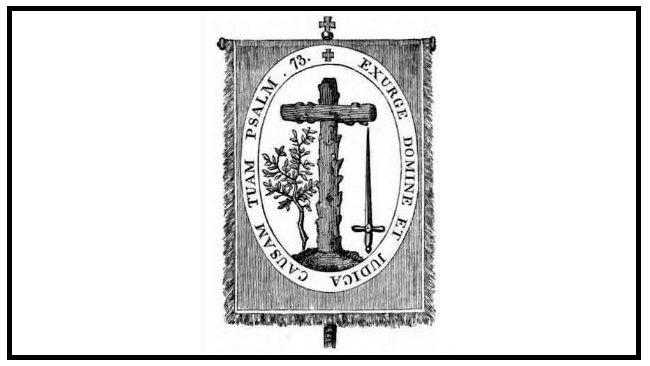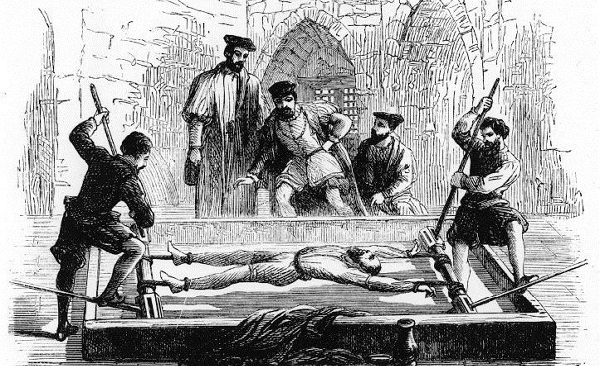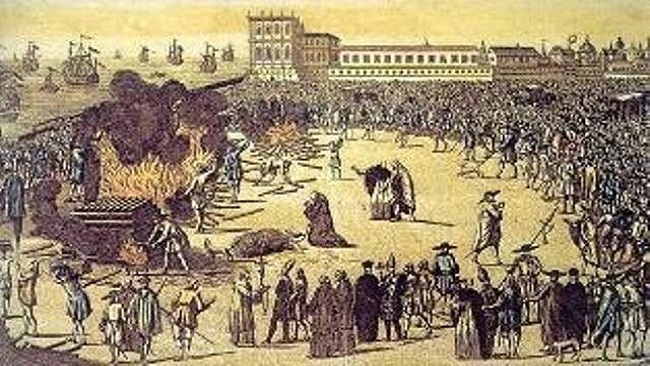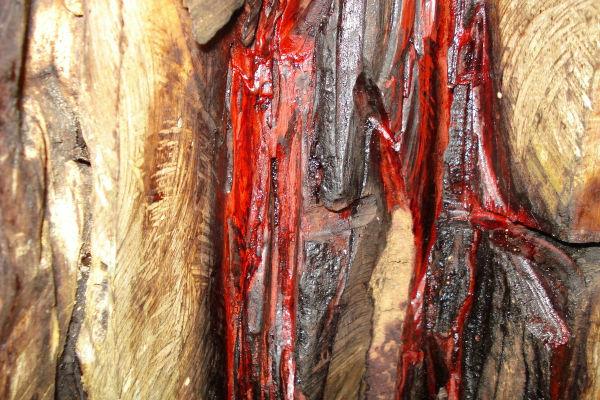The Inquisition (or Holy Office) was a set of judicial proceedings that soon became institutions within the Roman Catholic Church.
The Inquisition was established by the papacy during the Middle Ages (13th century) with the aim of fight the heresy, that is, any line of thought contrary to that of the Catholic Church at the time.
The first appearance of the Inquisition took place in France as a response to apostate and heretical movements in the Church's view. With the beginning of the Renaissance and in reaction to the Protestant Reformation, the action of the medieval Inquisition was expanded and gave rise to other models in Spain and Portugal.
medieval inquisition
The medieval Inquisition can be divided into two distinct periods: the Episcopal Inquisition and the Papal Inquisition.
The Episcopal Inquisition was the first form of Inquisition created within the Catholic Church. It emerged around 1184 when Pope Lucius III set out to investigate the belief of the Cathars, a group in southern France who believed in the existence of two gods.
The term “episcopal” is due to the fact that investigations were administered by bishops who, after delegation from the pope, were charged with eradicating heresy. To this end, the Church has given those responsible full freedom to judge and punish those considered heretics.

Emblem of the Inquisition. Beside the Christian cross are the branch and the sword, symbolizing, respectively, mercy and justice.
Courts of the Inquisition
Trials carried out by the Inquisition always favored the prosecution (the Church). Confession was the best way to obtain a lighter sentence, and the death penalty was applied in 2% of cases. In addition, inquisitors could keep the accused imprisoned for years while awaiting trial.
Even with the various injustices, those accused by the Inquisition had some rights during the process. Among the main ones was the accused's right to name individuals who possessed “mortal hatred” against him. If any of the accusers were among the nominees, the accused was released and the accuser would face life imprisonment.
Considering that it was a legal practice at the time, the use of torture methods was common. to get confessions. The Church used various apparatuses manufactured exclusively for the purposes of torture and, among the punishments applied, the use of bonfires to burn the most rebellious heretics alive was one of the most frequent.
With regard to torture, as often as the Inquisition is related to such methods, the practice was actually legalized and used by various authorities, including civilians. During the Inquisition, the Church established several restrictions on the methods of torture. These include imposing a time limit, limiting certain cases, etc.

Torture during the Inquisition. The apparatus pictured in the photo was called a "torture bench" and consisted of a wooden structure with a scroll at each end. The accused's limbs were tied with ropes attached to the coils and then stretched until their joints dislocated.
One of the most famous cases of trials during the Inquisition was the execution of Joan of Arc at the stake. The military leader was captured during the Hundred Years War and brought to trial before the Church. On May 30, 1432, Joan was burned alive in an auto-da-fe held in the city of Rouen, France.
Spanish Inquisition
The Spanish Inquisition, also known as Court of the Holy Office, was established in Spain in 1478. Its main objective was the conversion of Jews and Muslims to Catholicism.
The Spanish Inquisition operated in Spain and all of its colonies in North America, Central America and South America. It is estimated that around 150,000 people were tried for various crimes during the three centuries of the Spanish Inquisition, which resulted in approximately 5,000 executions.
The Inquisition was abolished in Spain for the first time during the reign of Napoleon Bonaparte, between 1808 and 1812 and definitively extinguished in 1834 by a royal decree of Queen Maria Cristina das Duas Sicily.
Portuguese Inquisition
The Portuguese Inquisition was established in Portugal in 1536 at the request of King João III with the main objective of converting adherents of Judaism to Catholicism.
The Portuguese Inquisition was administered by a Grand Inquisitor appointed by the Pope, but selected by the king, and always belonging to the royal family. The Grand Inquisitor was responsible for appointing other inquisitors.
Under the king's command, Church activities included book censorship and the fights witchcraft, divination and bigamy. However, the action of the Inquisition transcended religious matters and began to exert influence in almost every aspect of life in the country.
Penalties were publicly applied in rituals called autos-da-fe. Studies show the existence of at least 760 autos-da-fe occurred in the country, resulting in more than 1000 public executions.

Visual representation of an auto-da-fé, an event in which heretics were publicly punished as a way to discourage the population from practicing acts contrary to the Church.
The Portuguese Inquisition expanded its focus of operations to colonies in Portugal, including Cape Verde, Goa and Brazil. The institution was officially closed in 1821 during a session of the Cortes Gerais, a group of politicians who provided advice to the king.
Inquisition in Brazil
In Brazil, the Inquisition began in the Colonial Period and consisted of visits to the country by European inquisitors. The aim was to combat any belief other than Catholicism and punish crimes such as witchcraft, bigamy, adultery, sodomy, etc.
Suspected heresy were sent to Portugal, where they were tried and punished according to the typical methods of the Inquisition.
The Inquisition was extinguished in Brazil in 1774.
protestant inquisition
In the 16th century, the so-called Protestant Reformation took place, a Christian movement led by Martin Luther that aimed to reform various aspects of Catholic doctrine.
Several historians claim that, despite being an anti-Catholic movement, the Protestant Reformation used various methods characteristic of the Church to spread its ideals, forming a true Protestant Inquisition.
It is debated that, in Germany, Luther would have demanded the persecution of the Anabaptists, a Christian group that disagreed on several points of evangelical belief. Thus, the Protestants of the time would have persecuted the faithful and practiced torture, imprisonment and executions, as well as the Catholic Inquisition.
Despite several signs suggesting the existence of a Protestant Inquisition, there is no consensus among historians on the subject.
See too:
- Catholic church
- Heresy
- Heretic

